Industrial Clusters and High-Quality Development of Foreign Trade under New Trade Protection
DOI: 10.23977/ieim.2025.080215 | Downloads: 8 | Views: 120
Author(s)
Yufan Huang 1
Affiliation(s)
1 Finance Department, China Construction Technology Group Co., Ltd, Beijing, China
Corresponding Author
Yufan HuangABSTRACT
Based on panel data covering 30 Chinese provincial-level regions during 2001-2021, this study applies a heterogeneous industrial dynamics framework to investigate how industrial clusters shape the upgrading of foreign trade. The analytical approach identifies three operational mechanisms—cost reduction, transaction efficiency gains, and knowledge spillovers—through which agglomeration fosters trade quality improvement. The empirical evidence indicates that: (1) Industrial agglomeration exerts a statistically significant positive effect on trade development quality, with areas exhibiting stronger clustering tendencies achieving more substantial advances in trade upgrading. (2) The magnitude of this effect displays marked regional variation, being most pronounced in eastern China, comparatively moderate in the western China, and least evident in central China. (3) Cluster-induced trade upgrading operates principally through three mediating pathways: reduced transaction costs, enhanced transaction efficiency, and intensified knowledge diffusion.
KEYWORDS
New Trade Protectionism; Industrial Cluster; High-Quality Development of Foreign TradeCITE THIS PAPER
Yufan Huang, Industrial Clusters and High-Quality Development of Foreign Trade under New Trade Protection. Industrial Engineering and Innovation Management (2025) Vol. 8: 104-111. DOI: http://dx.doi.org/10.23977/ieim.2025.080215.
REFERENCES
[1] Greenaway D, Kneller R. Industry differences in the effect of export entry: Learning by exporting[J]. Review of World Economics, 2007, 143(3): 416-432.
[2] Clemente Ruiz Duran. The future of industrial policies in the world: towards a new manufacturing narrative[M]. Edward Elgar Publishing, 2019.
[3] Melitz M J. The impact of trade industry real locations and aggregate industry productivity[J]. Econometrica, 2003, 71(6): 695-725.
[4] Tan Hongbo and Xia Jiechang. Digital Trade Reshapes Industrial Agglomeration Theories and Models—— From Geographical Agglomeration to Online Agglomeration [J]. Review of Finance and Economics, 2022(06):43-52.
[5] Li Fang, Yang Lihua, and Liang Hanyue. Research on the Mechanism and Pathways of Cross-border E-commerce and Industrial Cluster Synergy Development in China [J]. International Trade Issues, 2019(02):68-82.
[6] Zhang Jiawang, Li Boyang, Peng Hui. "The 'Cluster-Promoting Development' Policy in National High-Tech Zones: Enhancing Urban Innovation Capacity ——and Exploring the Technical Complementarity of Central-Peripheral Structures in Innovation Clusters" [J]. Journal of Economics, 2023, (11):79-88.
[7] Shao Chao, Su Danin. Industrial Agglomeration and Domestic Value-added Exports: A Localization Path for Global Value Chain (GVC) Upgrading [J]. Management World, 2019,35(08):9-29.
[8] Ren Wanwan, Liang Qihui. Virtual Agglomeration and Domestic Value Added Rate of Enterprise Exports —— From the Perspective of Upstream-Downstream Linkages [J]. International Trade Issues, 2022(11):53-68.
[9] Liu Zhibiao, Wu Fuxiang. Dual Embedding of Global Value Chains under the Belt and Road Initiative [J]. China Social Sciences, 2018(08):17-32.
[10] Yang Danping, Mao Jiangnan. Research on the Correlation Between Industrial Agglomeration and International Competitiveness in Foreign Trade—— An Empirical Analysis Based on 15 Manufacturing Variable-Coefficient Panel Data from China [J]. International Trade Issues, 2011(01):20-28.
[11] Yang Rudai and Zhu Shi' e. The Relationship between Agglomeration, Productivity and Export Decisions of Enterprises [J]. Reform, 2018(07):84-95.
[12] Sudan Ni, Sheng Bin. Industrial Agglomeration, Agglomeration Externalities and Corporate Emission Reductions —— New Microeconomic Evidence from China [J]. Economics (Quarterly), 2021,21(05):1793-1816.
[13] Mi, M., Jin, C and Zhao Zhongxiu. Industrial Clusters and Corporate Carbon Decoupling [J]. International Trade Issues, 2022(09):17-34.
[14] Chang Luan, Qian Chen, and Pan Weikang. Mechanisms, Models, and Pathways for the International Development of Manufacturing Industrial Clusters: A Case Study Based on Zhejiang [M]. Hangzhou: Zhejiang Gongshang University Press, 2016.
[15] Wang Shiyin, ed. Industrial Clusters: Urban Development Pathways and Implications in the Yangtze River Delta Region [M]. Shanghai: Tongji University Press, 2015.
[16] Wang Xingpeng. Research on Technological Innovation in Industrial Clusters Based on Knowledge Management [M]. Shijiazhuang: Hebei Science and Technology Publishing House, 2014.
[17] Wang Lei. Research on Technological Innovation Models in Industrial Clusters Under Foreign Capital Dominance [M].Shanghai: Shanghai Far East Publishers, 2013.
[18] Liu Yan & Deng Ruobing. The Impact of Financial Agglomeration on Real Estate Prices: An Analysis Using Static and Dynamic Panel Data [J]. Economic Issues Exploration, 2017(09):126-134.
[19] Liu Jun, Li Lianshui, and Wang Zhong. The Impact of Industrial Clusters on Regional Innovation Capabilities and Industry Variations [J]. Research Management, 2010,31(06):191-198.
[20] Peng Guohua. Analysis of Income Disparity, Total Factor Productivity and Their Convergence in China [J]. Economic Research, 2005, (09):19-29.
[21] Bai Junhong, Bian Yuanchao. Distortions in Factor Markets and Efficiency Losses in China's Innovative Production [J]. China Industrial Economics, 2016, (11):39-55.
[22] Wen Zhonglin, Zhang Lei, Hou Jetai et al. The test procedure and application of the mediation effect [J]. Journal of Psychology, 2004(05):614-620.
[23] Huang Jiuli and Li Kunwang. Export Opening, Regional Market Size and Economic Growth [J]. Economic Research, 2006(06):27-38.
[24] Yao Yangyang, Li Wenxiu, and Zhang Shaohua. Research on the Impact of Transaction Efficiency on the Development of Production Services—— An Empirical Analysis Based on Panel Data from 28 Developed Countries [J]. China Soft Science, 2015, (05):184-192.
[25] Zeng Shihong and Liu Yingdi. Internet Technology, Transaction Efficiency, and Service Industry Development——: A Discussion on the Foundational Role of Service Consumption in High-Quality Development [J]. Industrial and Economic Review, 2020,11(03):16-31.
[26] Yu Jie and Dong Jing. Regulation and Threshold Effects of Knowledge Spillover in the Introduction of Venture Capital to High-Quality Industrial Development [J]. Science and Technology Progress and Countermeasures, 2021,38(14):62-71.
| Downloads: | 26272 |
|---|---|
| Visits: | 757420 |
Sponsors, Associates, and Links
-
Information Systems and Economics
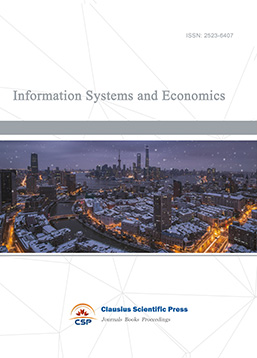
-
Accounting, Auditing and Finance
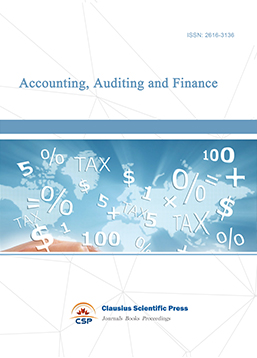
-
Tourism Management and Technology Economy
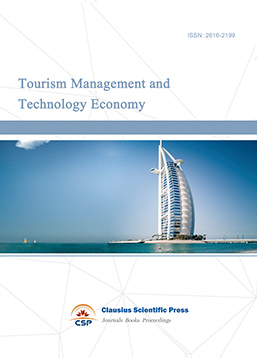
-
Journal of Computational and Financial Econometrics

-
Financial Engineering and Risk Management

-
Accounting and Corporate Management
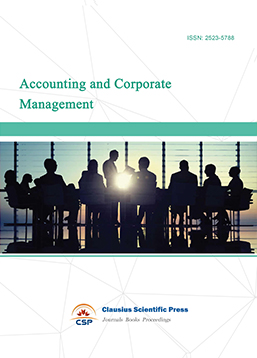
-
Social Security and Administration Management

-
Population, Resources & Environmental Economics

-
Statistics & Quantitative Economics

-
Agricultural & Forestry Economics and Management

-
Social Medicine and Health Management

-
Land Resource Management

-
Information, Library and Archival Science
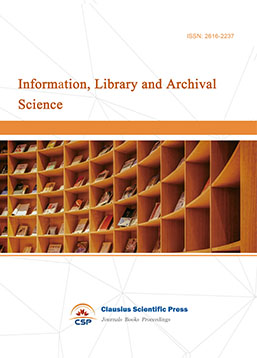
-
Journal of Human Resource Development
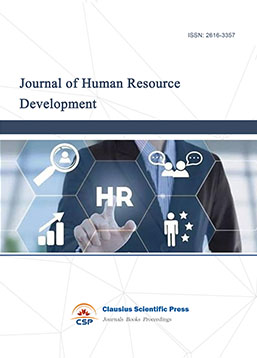
-
Manufacturing and Service Operations Management

-
Operational Research and Cybernetics
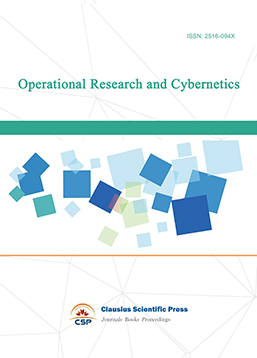

 Download as PDF
Download as PDF